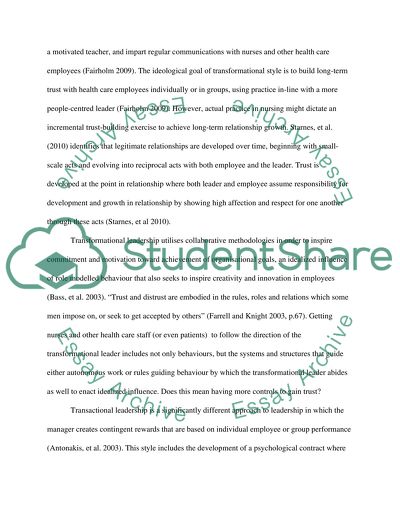Cite this document
(“Theoretical Models of Leadership and Personal Reflection Essay”, n.d.)
Theoretical Models of Leadership and Personal Reflection Essay. Retrieved from https://studentshare.org/nursing/1400903-theoretical-models-of-ladership-and-personal-reflection
Theoretical Models of Leadership and Personal Reflection Essay. Retrieved from https://studentshare.org/nursing/1400903-theoretical-models-of-ladership-and-personal-reflection
(Theoretical Models of Leadership and Personal Reflection Essay)
Theoretical Models of Leadership and Personal Reflection Essay. https://studentshare.org/nursing/1400903-theoretical-models-of-ladership-and-personal-reflection.
Theoretical Models of Leadership and Personal Reflection Essay. https://studentshare.org/nursing/1400903-theoretical-models-of-ladership-and-personal-reflection.
“Theoretical Models of Leadership and Personal Reflection Essay”, n.d. https://studentshare.org/nursing/1400903-theoretical-models-of-ladership-and-personal-reflection.


